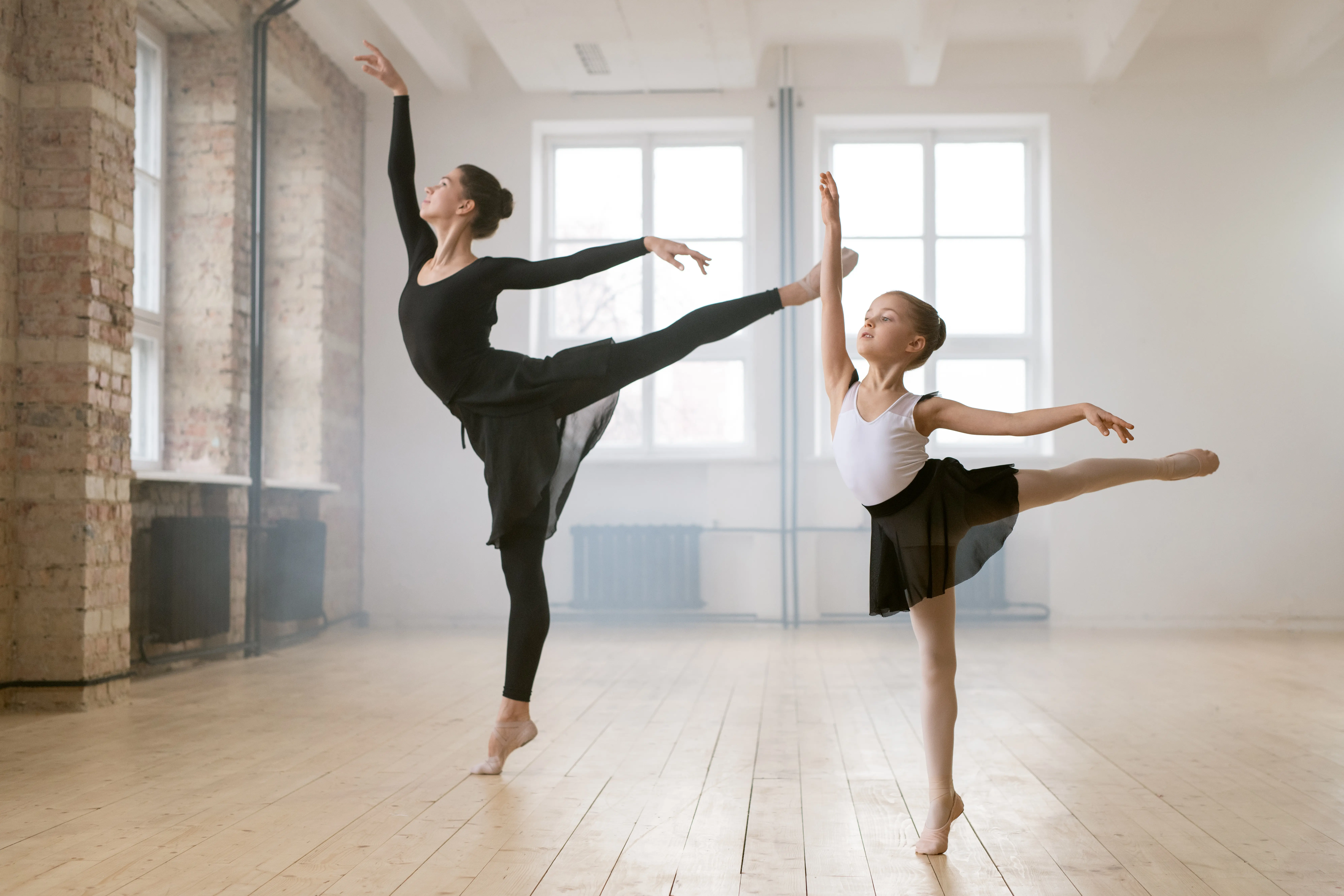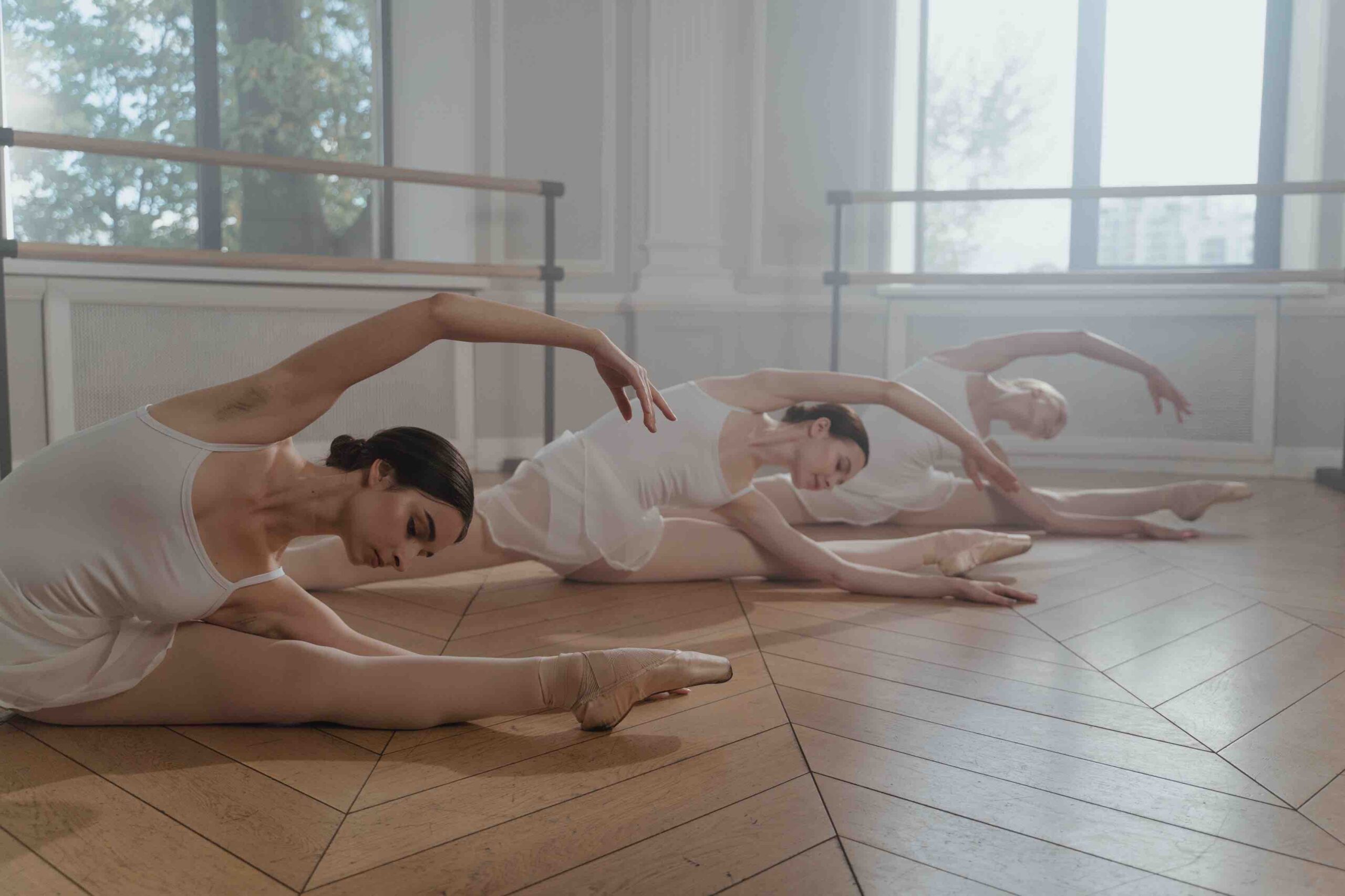
Introduction:
In the realm of movement and healing, few disciplines intertwine as elegantly as physical therapy and dance. While physical therapy aims to restore and enhance physical function, dance serves as a captivating expression of artistry and athleticism. Together, they form a symbiotic relationship, offering profound benefits that extend beyond the realm of rehabilitation. In this blog, we delve into the transformative power of combining dance with physical therapy and explore how this fusion contributes to holistic well-being.
Understanding Physical Therapy:
Physical therapy is a multifaceted healthcare profession dedicated to improving mobility and quality of life through various modalities. Whether recovering from injury, managing chronic conditions, or enhancing athletic performance, physical therapists employ tailored exercise regimens, manual techniques, and patient education to optimize function and prevent future injuries.
The Benefits of Dance:
Dance transcends mere movement; it embodies expression, emotion, and grace. From classical ballet to contemporary styles, dance offers a myriad of physical, mental, and emotional benefits. Through intricate choreography and rhythmic patterns, dancers cultivate strength, flexibility, and endurance, while honing balance, coordination, and proprioception. Moreover, the artistic nature of dance fosters creativity, self-expression, and a profound sense of achievement.
The Fusion of Dance and Physical Therapy:
When dance intersects with physical therapy, the results are extraordinary. Physical therapists with a background in dance understand the unique demands and challenges dancers face, allowing for specialized rehabilitation programs tailored to their needs. Whether addressing acute injuries, chronic pain, or performance enhancement, integrating dance-specific exercises and techniques into physical therapy regimens can expedite recovery and optimize performance.
Preventing and Rehabilitating Injuries:
Dancers are no strangers to injury, often grappling with sprains, strains, and overuse injuries due to the rigorous demands of their craft. Physical therapy plays a pivotal role in both preventing and rehabilitating these injuries. Through targeted strength and conditioning exercises, as well as corrective techniques to improve alignment and technique, dancers can minimize their risk of injury and enhance longevity in their careers.
Improving Performance:
Beyond injury rehabilitation, physical therapy enhances dance performance by refining technique, optimizing biomechanics, and maximizing physical conditioning. By addressing muscular imbalances, enhancing flexibility, and improving neuromuscular control, dancers can unlock their full potential and elevate their artistry to new heights.
Promoting Mind-Body Connection:
Dance embodies the seamless integration of mind and body, requiring dancers to cultivate heightened awareness, focus, and mindfulness. Physical therapy complements this mind-body connection by emphasizing proprioceptive training, body awareness exercises, and mindfulness techniques. By fostering a deeper connection between movement and intention, dancers can enhance performance while reducing the risk of injury through enhanced body awareness and control.
Enhancing Well-Being:
The holistic approach of combining dance with physical therapy extends beyond the studio or clinic, permeating into every aspect of life. By promoting physical resilience, emotional well-being, and self-expression, this synergistic relationship empowers individuals to lead fuller, more vibrant lives. Whether pursuing dance professionally or simply reveling in the joy of movement, the integration of physical therapy fosters a profound sense of vitality and fulfillment.
Conclusion:
In the union of physical therapy and dance, we witness the convergence of science and art, rehabilitation and performance, healing and self-expression. Together, they form a powerful synergy that transcends traditional boundaries, offering profound benefits for dancers and individuals alike. As we embrace the transformative potential of this fusion, we embark on a journey towards holistic well-being, where movement becomes not only a form of therapy but a celebration of the human spirit.


